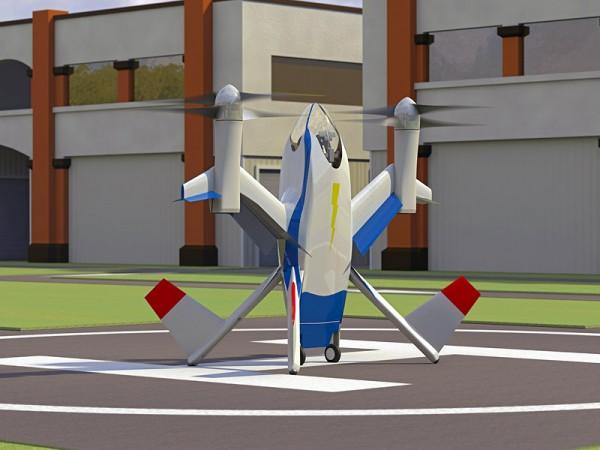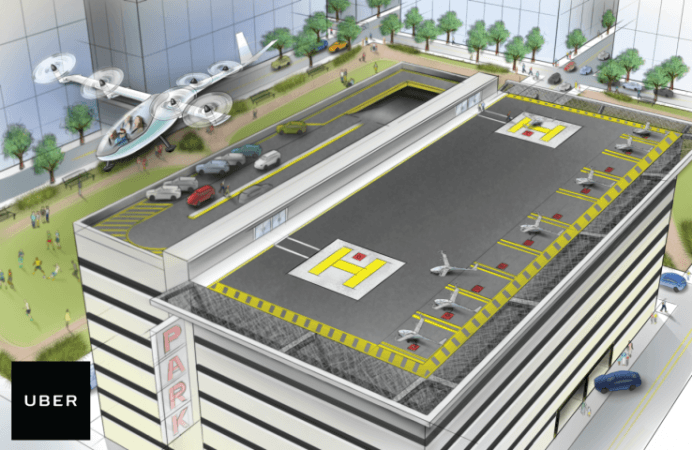NASA's aerospace engineer, Mark Moore, who has been working with the space agency for the past three decades, has been hired by Uber, the American transportation network company, to design a flying car.
Also Read: Does NASA have a captured UFO hidden in California's Jet Propulsion Laboratory?
Uber Elevate, the flying car initiative, will have Moore as its director, in the hope that he will be able to drive the initiative to create flying cars that will be available commercially.
These "air taxis" will be small aircraft that will have the ability of vertical take-off and landing (VTOL).
Moore carried out research on VTOL and came up with the idea of an electric aircraft named Puffin in 2010, a unique airplane that's also a VTOL tailsitter. The Puffin was quite the internet sensation.

"The animation of the Puffin on YouTube has gotten more 648,000 hits in a week," Moore said, according to NASA.
"Until the concept was mentioned in the media on Jan 19, the video had only been clicked on a couple of thousand times since it was uploaded to the NASAPAV channel last November," Moore said further.
Larry Page, the Google co-founder came across Moore's research work on VTOL craft and he funded two companies, Zee Aero and Kitty Hawk, to turn this technology into reality, Bloomberg Businessweek stated in a report.
Uber Technologies Inc, is one of Google's competitors in this area.
On October 27, 2016, Uber published a report on their ideas regarding transforming the prevailing way we transport ourselves. The company aims at curbing time wastage on daily commutes.
"Every day, millions of hours are wasted on the road worldwide. Last year, the average San Francisco resident spent 230 hours commuting between work and home1 —that's half a million hours of productivity lost every single day," Uber stated in its white paper.
Uber also hopes to solve the issue of noise pollution, stress, as well as other health issues. People traveling more than 16 kilometres (10 miles) a day were more prone to high-blood pressure, according to the American Journal of Preventative Medicine.

According to Uber, the long-distance commuter will benefit from VTOL technology. Passengers will be transported to vertiports situated at a distance ranging from 50 miles to 100 miles (80 to 100 kilometers) of each other, Bloomberg Technology reported.
According to Moore, various flying cars will come online within the next one to three years, with human pilots in the foreseeable future.









